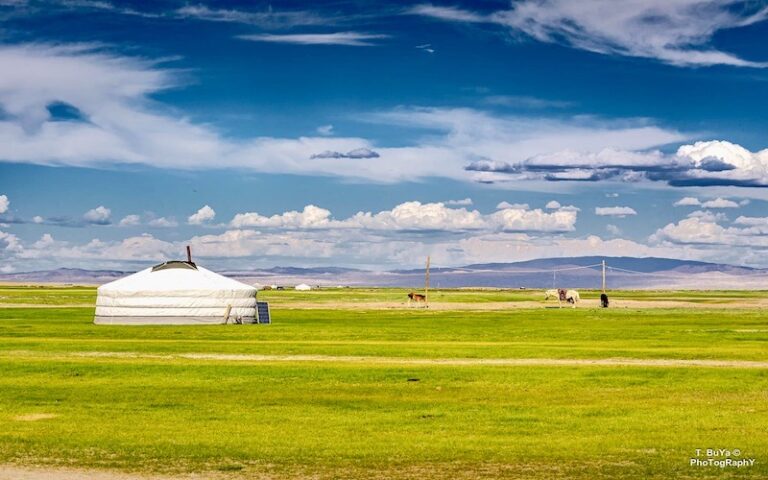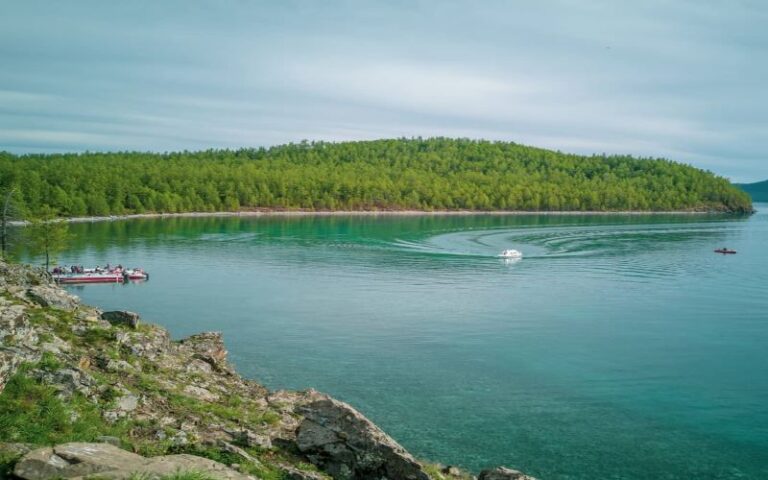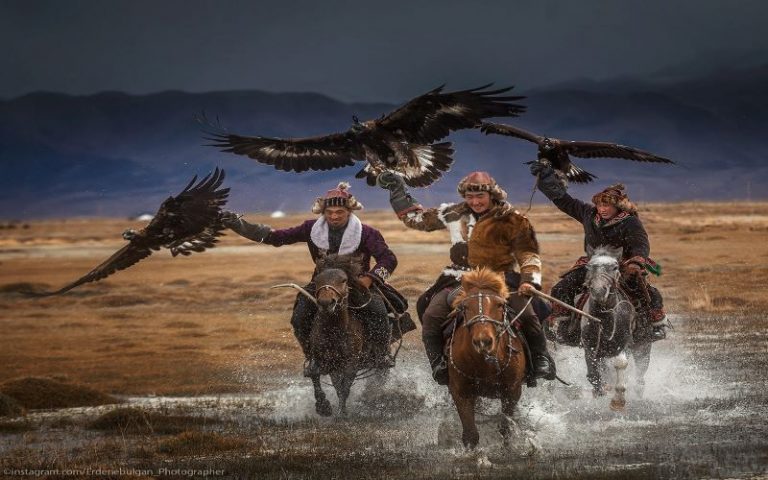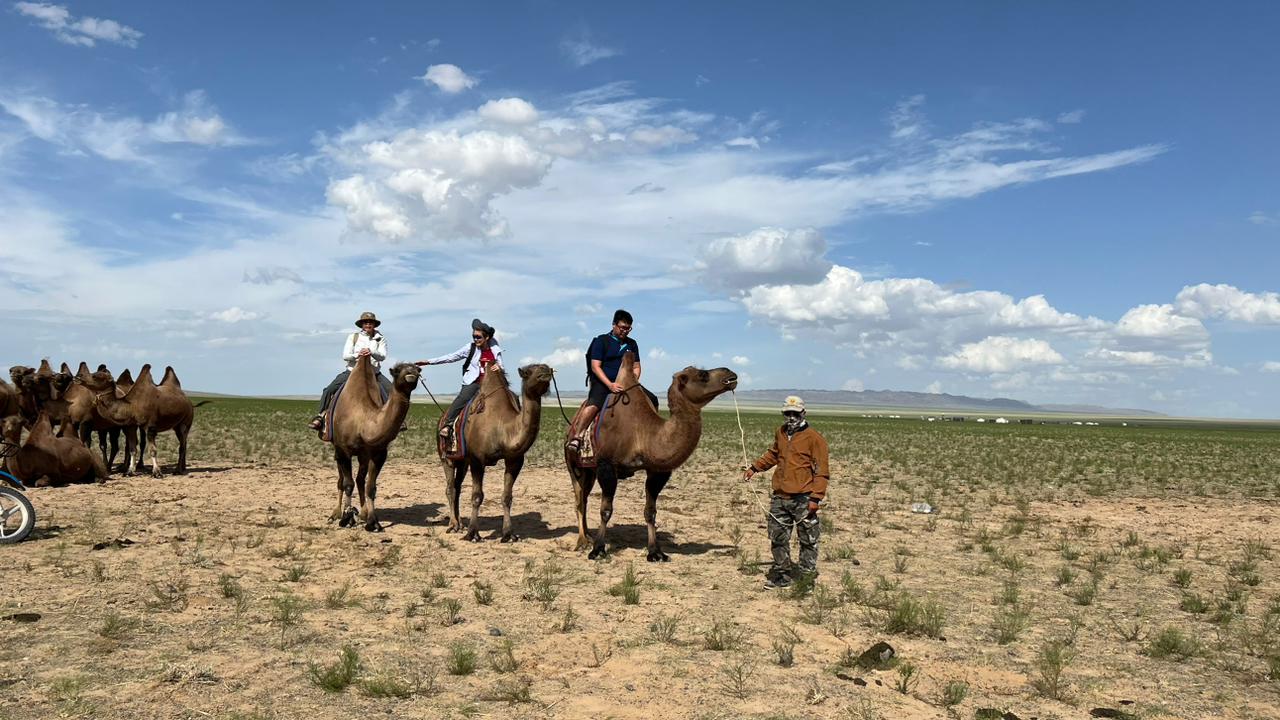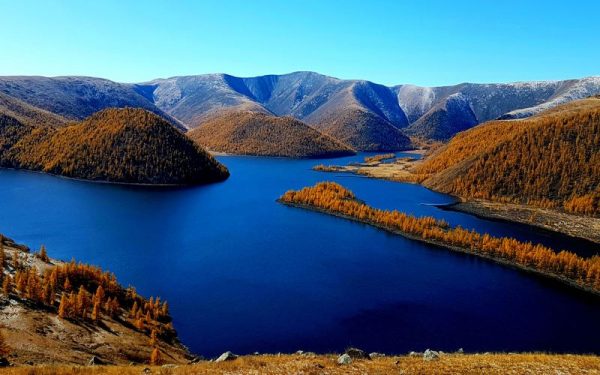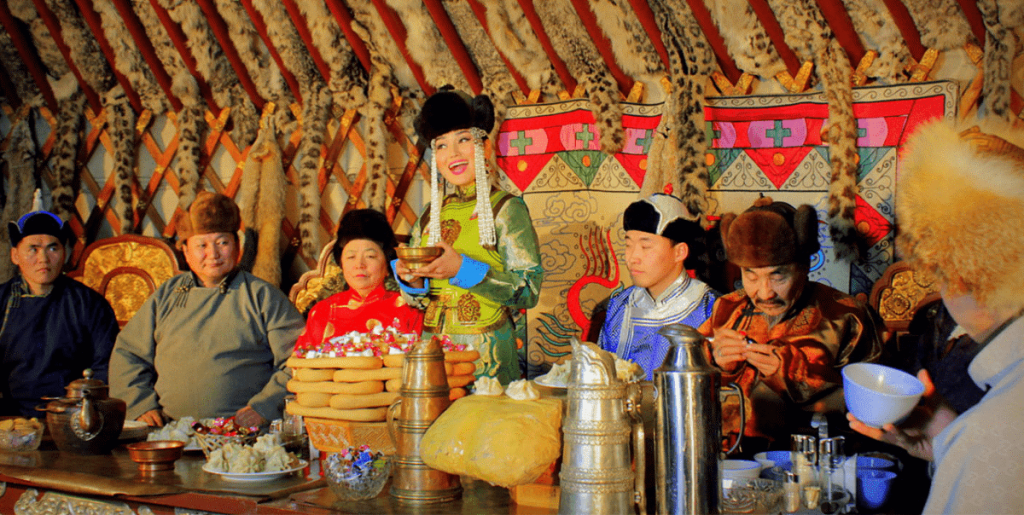If you watched “Physical: Asia” show on Netflix and found yourself curious about the powerful Mongolian athletes, you are not alone. Viewers across Asia have been talking about the strength, discipline, and calm confidence of Team Mongolia. This growing interest is now inspiring many travelers to explore the real home of these traditions.
In Mongolia, strength is not only a sport. It is a part of the country’s identity, shaped by nomadic life, open landscapes, and centuries-old heritage. If you want to understand the roots behind the power showcased in the show, this guide will help you get closer to the culture.

The roots of Mongolian wrestling
Mongolian wrestling, locally called “Bokh”, is the oldest and most important sport in the country. Every summer, it becomes the main highlight of Naadam Festivals in Ulaanbaatar and across rural towns. The rules are simple. The wrestler who touches the ground with anything other than his feet loses. This creates a clean and raw style focused on balance, leverage, footwork, and mental strength.
The sport goes back more than two thousand years and is linked to Mongolia’s history of horsemen and warriors. Wrestling was seen as a way to prepare young men for survival, travel, and battle across the steppe. Because of this, the sport remains a symbol of discipline and respect.
Why Mongolian wrestlers look so strong?
Physical strength in Mongolia does not develop in a gym environment. It is built from nomadic life itself. Many families live in remote grasslands where daily work naturally builds full body strength. These include herding animals, lifting heavy loads, and moving through different terrains on horseback.
This lifestyle develops grip strength, broad shoulders, strong legs, and incredible endurance. It is a natural and functional strength that comes from living close to nature. That is why Mongolian athletes appear powerful even without traditional bodybuilding.
The symbolism of the wrestling outfit
If you watched Mongolian wrestlers on Physical: Asia and wondered about their unique outfit, here is the meaning.
The “zodog” is the open-chested jacket that symbolizes honesty and transparency. The “shuudag” is the tight, strong shorts that allow free movement. The eagle dance performed before and after matches represents strength and freedom. Each piece of the outfit reflects respect for tradition.
Champions receive titles like Falcon, Elephant, and Lion, depending on their achievements during Naadam tournaments. The highest title is Arslan, meaning Lion.
How nomad culture shapes mental strenght
In Mongolia, physical ability and mental discipline go together. Nomadic life teaches patience, resilience, and calm focus. Long journeys, harsh winters, and wildlife challenges require a strong mindset. This mentality is what you see in the Mongolian athletes on the Netflix show.
Where travellers can see Mongolian wrestling in real life
If the show inspired you, you can experience this strength culture in Mongolia during your trip.
Options include:
• Ulaanbaatar Naadam Festival in July
• Local Naadam Festivals in small towns
• Winter wrestling competitions
• Nomadic home visits in the countryside
• Meeting local wrestlers
If you join a small-group tour, many guides can help you meet nomadic families who have wrestlers in the household, offering an authentic understanding of the lifestyle.
Add a nomadic strength experience to your trip
To explore Mongolia through the lens of culture and tradition, here are recommended trips:
• 6-day Nomadic Highlights Trip
• 8-day Mongolian Gobi Desert Trip
• 11-day Tsaatan Trail – Trip to the reindeer herders’ tribe of Mongolia
• 12-day Eagle Hunters Trace in the Altai region
• 9 day Gobi and Orkhon Valley
These tours combine natural landscapes with local traditions, including wrestling, horse riding, and nomadic hospitality.
Final thoughts
The power and calm confidence shown by Mongolian athletes in Physical: Asia come from a very real cultural foundation. It is a strength shaped by open landscapes, tradition, and the resilience of nomadic life.
If you want to experience the culture behind the show, Mongolia offers a journey far beyond what is seen on screen. You can walk on the same land where these traditions were born, meet authentic nomadic families, and discover a country where strength is part of daily life.
SUBSCRIBE OUR MONGOLIA TRAVEL BLOG
REAL NOMADIC WILDERNESS IDEAS TO SOLO ADVENTURER
Sign up to our Mongolia travel blog & discover the travel experiences you will really want to try!
